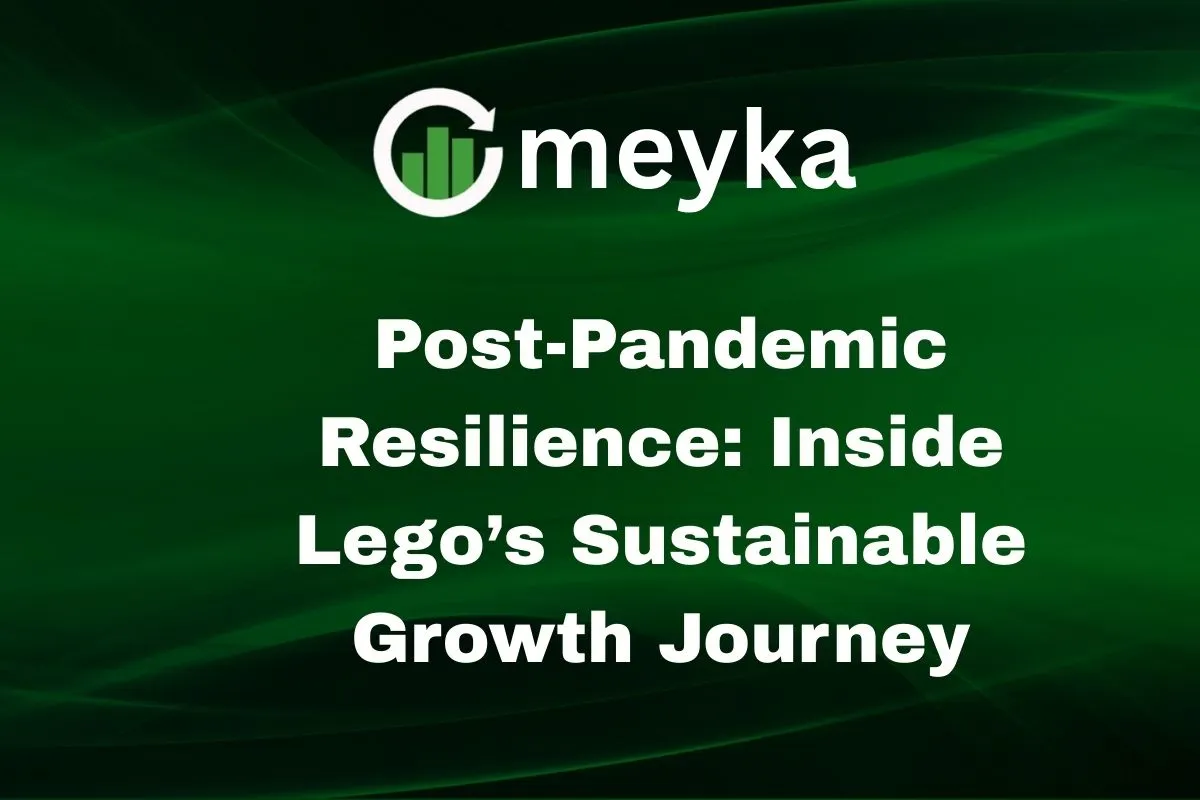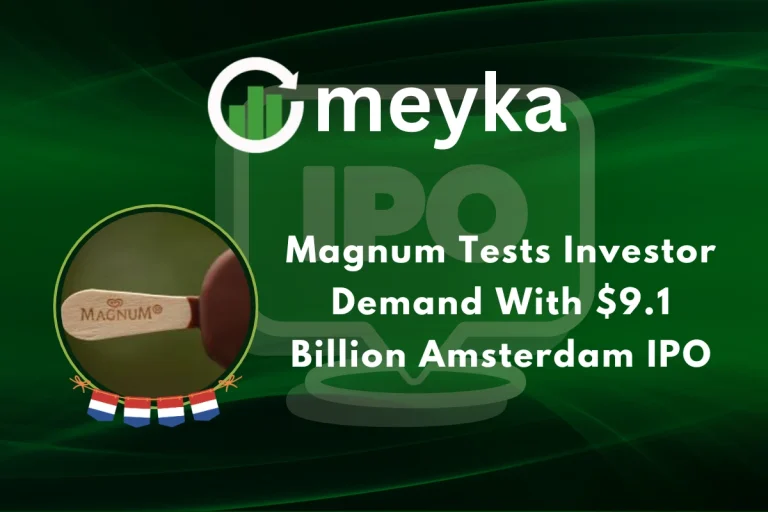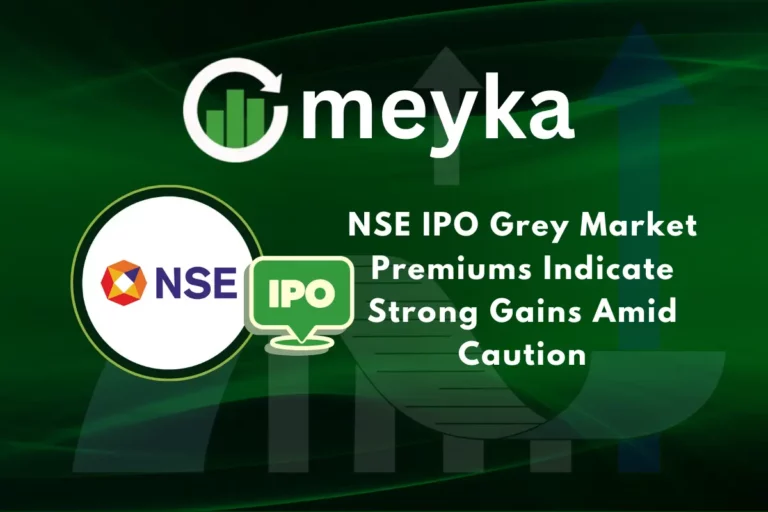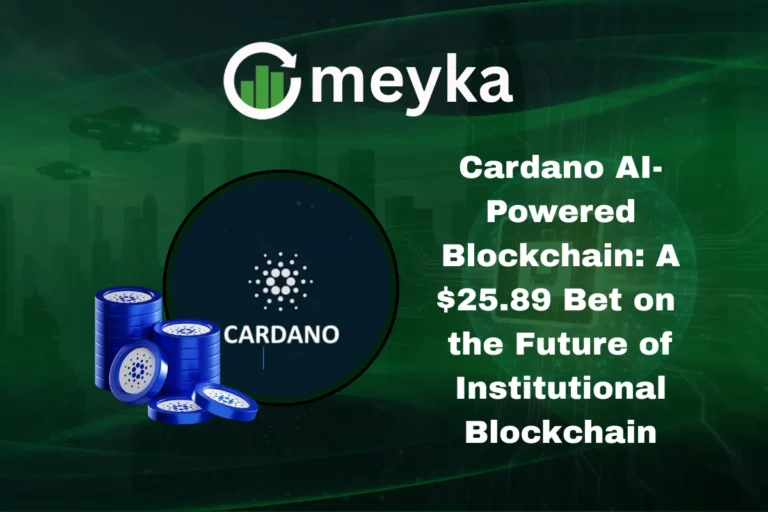Post-Pandemic Resilience: Inside Lego’s Sustainable Growth Journey
In the aftermath of the pandemic, many businesses faced unprecedented challenges. However, the LEGO Group not only navigated these turbulent times but also emerged stronger, setting new benchmarks in sustainability and innovation. LEGO saw its sales rise by 12% in the first half of 2025, hitting 34.6 billion Danish kroner and surpassing the global toy market’s 7% growth rate.
This impressive rebound can be attributed to LEGO’s strategic focus on sustainability, digital transformation, and operational resilience. By integrating eco-friendly materials, embracing digital play experiences, and enhancing supply chain agility, LEGO has not only revitalized its brand but also set a precedent for businesses aiming for long-term resilience.
LEGO’s journey post-pandemic, exploring how its commitment to sustainability and innovation has fueled its growth and positioned it as a leader in the toy industry.
The Pandemic Challenge
The COVID-19 pandemic posed significant challenges to global businesses, and LEGO was no exception. Supply chain disruptions, production delays, and store closures affected operations worldwide. However, LEGO leveraged these challenges as opportunities to innovate and adapt. The company accelerated its digital transformation and strengthened its commitment to sustainability, setting the stage for a robust recovery.
Digital Transformation and Innovation
LEGO’s digital transformation has been pivotal in its post-pandemic growth. The company has integrated physical and digital play experiences, modernized core systems, and strengthened capabilities in areas like AI, analytics, and customer interaction. This seamless integration allows LEGO to engage with a broader audience and adapt to evolving consumer preferences.
In 2025, LEGO introduced 314 new sets, including popular themes like LEGO City, Technic, Star Wars, and Botanicals. These innovative products have resonated with consumers, contributing to the company’s record sales.
Sustainability as a Growth Driver
Sustainability has become a cornerstone of LEGO’s business strategy. In 2025, the company doubled its spending on sustainable initiatives compared to 2023, reflecting its commitment to reducing environmental impact.
LEGO’s sustainability efforts include transitioning to more sustainable raw materials, using more sustainable packaging, and making its business more circular. By 2025, the company aims for 60% of materials to come from sustainable sources, including new materials derived from recycled waste and renewable energy.
Supply Chain and Operational Resilience
The pandemic underscored the importance of resilient supply chains. LEGO responded by diversifying its manufacturing locations and enhancing logistics and inventory management to handle demand fluctuations. The company is expanding its production infrastructure, with new factories in Vietnam and an upcoming facility in Virginia, USA, set to open in 2027.
These strategic adjustments have reduced disruption risks, improved efficiency, and ensured steady product availability, positioning LEGO for sustained growth.
Financial Performance and Market Positioning
LEGO’s financial performance in the first half of 2025 reflects its successful strategies. Operating profit rose 10% to 9 billion Danish kroner, supported by localized production strategies aimed at minimizing tariff impacts. Net profit grew 10% to 6.5 billion kroner, highlighting the effectiveness of its strategic initiatives.
The company’s market share grew as it continued to outperform the toy market, driven by innovation, new sets, global expansion, and sustainability efforts.
Lessons from LEGO’s Resilience
LEGO’s post-pandemic success offers valuable lessons for other companies:
- Innovation: Continuously introducing new and engaging products keeps the brand relevant and appealing.
- Sustainability: Investing in sustainable practices not only benefits the environment but also enhances brand loyalty.
- Digital Transformation: Embracing digital tools and platforms expands reach and improves customer engagement.
- Operational Resilience: Building flexible and diversified supply chains ensures business continuity during disruptions.
Conclusion
LEGO’s journey from pandemic challenges to post-pandemic resilience exemplifies the power of innovation, sustainability, and adaptability. By aligning its strategies with evolving consumer expectations and global trends, LEGO has not only navigated the complexities of the post-pandemic world but has also set a benchmark for sustainable growth in the toy industry.
FAQS:
LEGO’s new strategy focuses on sustainability, digital innovation, and expanding its product range. This includes partnerships with brands like Nike and Pokémon, and campaigns like “She Built That” to encourage creativity among girls.
LEGO is increasing its use of renewable energy, aiming for a 72% rise in solar capacity globally in 2025. It also plans to make 50% of its bricks from renewable materials by 2026.
LEGO focuses on:
Climate Action: Aiming to lower greenhouse gas emissions by 37% by 2032.
Circularity: Reusing and recycling materials to minimize waste.
Water Stewardship: Enhancing water use efficiency and exploring alternative water sources.
Disclaimer:
This content is for informational purposes only and is not financial advice. Always conduct your research.






